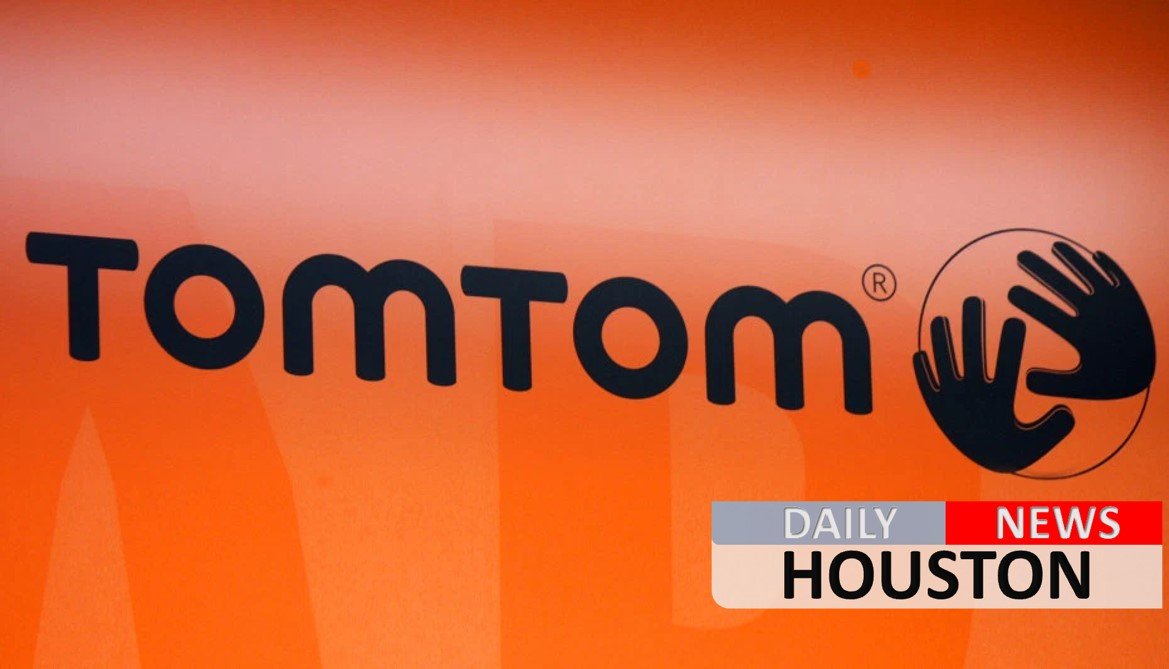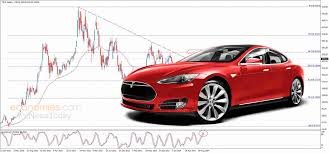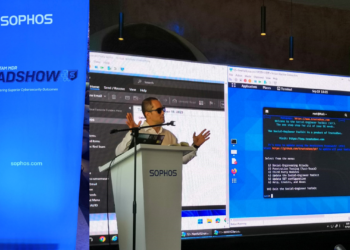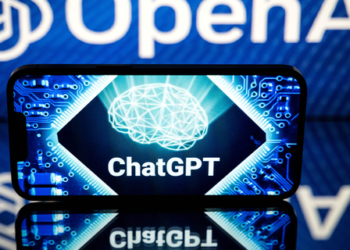Network tech titan Cisco is working alongside TomTom in order to research and develop what the two are calling an “ultra-fast lane level traffic technology” that supports autonomous driving.
Cisco already operates in the connected transport realm, offering a range of sensors, controllers, and routers that connect systems to improve things like traffic flow. With TomTom on board, the duo plan to carry out research to leverage Cisco’s roadside data and create the “next generation of traffic information technology,” according to a statement issued by the companies. This initiative will be underpinned by Cisco’s Internet of Things (IoT) platform.
Founded in 1991, TomTom is perhaps best known in the public sphere for its GPS-powered devices, including dedicated satellite navigation units for cars and watches. But the company also offers a number of other services, such as telematics to help businesses manage their fleet of vehicles, as well as a range of automotive services that includes maps for self-driving cars, advanced driver assistance systems (ADAS), traffic information, and on-street parking data.
Put simply, both companies have significant expertise harnessing traffic data, and now they’re putting their heads together and pooling resources.
“With this project, we are connecting road infrastructure, vehicles, drivers, and road authorities, enabling them to exchange information in near real time,” explained Edwin Paalvast, president EMEAR (Europe, Middle East, Africa, and Russia) at Cisco. “That is what the Internet of Things is about. With TomTom’s expertise, its gigantic pool of traffic data and innovative traffic technology, TomTom is a strong company to work with in this field.”
In terms of the kinds of things the two companies will be working on, one example cited is Distributed Acoustic Sensing (DAS) technology, which involves burying a fibre optic cable adjacent to a busy road to detect vibrations and provide real-time monitoring of vehicle movements, making it possible to establish trends and patterns. Combining such data with TomTom’s pool of GPS-based floating car data means it can be displayed and analysed through a TomTom interface designed specifically for traffic management centers.
Elsewhere in the world, a number of big data initiatives have emerged to help develop smarter cities. Earlier this year, we reported on how China is meshing ride-sharing data with smart traffic lights to ease road congestion, while Uber has previously partnered with Boston and other cities for projects that involve analyzing trip-level data to establish traffic patterns and improve infrastructure. GPS data derived from a number of etaxi platforms is also being used to improve road conditions in developing countries.
Technology expert Amílcar Sala Arceo, who was involved in the Smart City Expo Latam Congress 2017 in Mexico has said in an interview that “Smart City is the term that englobes in an integrated manner many initiatives oriented to improve the quality of life for citizens, as well as increasing social equity all thanks to the technology, innovation and participation of all the processing agents involved.” Mexico has been transforming cities by boosting many technological actions, receiving recognition by different Smart City commites, leading the change in Latin America in terms of urban modernization.
Ultimately, TomTom and Cisco are working to increase the precision of real-time traffic services and make them more affordable to cities or companies that find value in such data. It’s worth noting that this ties in with the burgeoning autonomous car industry, too. Self-driving cars require ridiculously accurate on-board sensors so they can “see” the world around them — which is why Intel shelled out $15.3 billion for computer vision firm Mobileye — and vehicles without humans at the wheel need accurate, real-time data of the environment around them.
Whatever the context, dialog between the car and the outside world needs to be a two-way conversation, which is why Cisco and TomTom are investing resources in traffic technology that’s embedded in the physical world.









